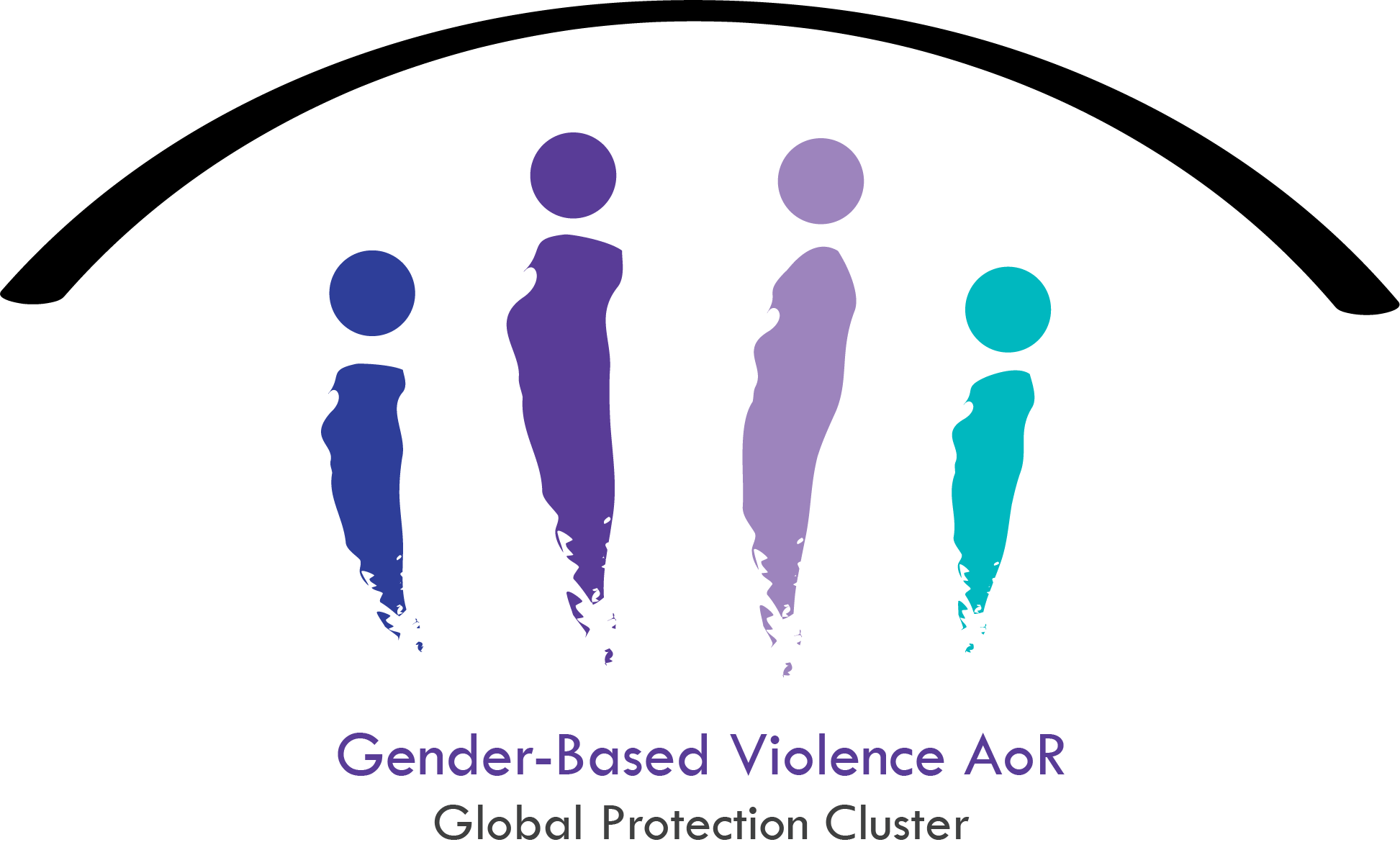Search Results for “”
REGA Review: Abridged Report - April 2023
23 May, 2024
Since the establishment of the Regional Emergency GBV Advisors (REGA) structure as an emergency mechanism in 2014, it has been challenging to ensure the systematic collection and analysis of evidence to assess its impact and relevance - beyond the number of deployments or the size and composition of the teams. A lack of qualitative evidence for the sustainability of the deployments measured in the extent to which their work has been capitalised on, replicated and sustainably absorbed by country offices, field GBV sub-clusters and UNFPA Regional Offices has also been noted. In addition, the Gender-Based Violence (GBV) expertise gap in operations seems to have grown between 2014 and 2019, which was reflected by the commitment in the 2019 REGA Letter of Intent to expand the composition of the REGA teams by adding new areas of GBV expertise (Regional Coordination and Information Management) to provide wider support to country operations. Nonetheless, there has been little joint ana...
Tigray GBV Service Mapping : Facilitating Access to Minimum GBV Response Services
04 Apr, 2022
The purpose of this analysis is to access availability of existing GBV response services (health, psychosocial, legal and safety) in Tigray. Objectives; - Identify what care and support services are currently available for GBV survivors, who the service providers are and where the services are located - Develop a directory of services and update the inter-agency referral pathways - Understand the capacity and quality of services - Identify key gaps and capacity building needs of service providers - Ensure effective and efficient multi-sectoral service delivery and coordination
Sexual and Gender-Based Violence in Myanmar and the Gendered Impact of its Ethnic Conflicts - HRC August 2019
29 Aug, 2019
Conflicts impact different genders differently. Myanmar is no exception to this rule. The Mission found the gendered impact of Myanmar’s conflicts to be multi-faceted, while invariably taking a heavy toll on women and girls. In northern Myanmar, women and girls have borne the brunt of violations, including sexual and gender-based violence, as well as a wide spectrum of violations of their basic economic and social rights against the backdrop of existing gender inequality. In Rakhine, Rohingya women have been subjected to grave sexual and gender-based violence, including gang rape, rape and mutilation. Their situation is exacerbated by gender inequality and wide-spread discrimination against Rohingya, affecting rehabilitation and redress.
GBV Secondary Data Review Template
03 Jun, 2024
Annotated Bibliography of Spanish language Gender-Based Violence in Emergencies Resources - GBV AoR Helpdesk
25 Apr, 2022
This annotated bibliography provides information on global gender-based violence in emergencies (GBViE) technical resources that have been translated into Spanish. It also provides a review of regional and country-level GBV resources that were produced in Latin America and the Caribbean. This bibliography is intended to facilitate the access of Spanish-speaking GBV practitioners to guidance, knowledge, and tools in Spanish that will support them to implement GBV prevention and response programs. This bibliography is also meant to support engagement with Latin American national and local organizations and to promote learning and resource-sharing with local women’s organizations and groups about GBV resources in Spanish.
Bibliografía Comentada de Recursos sobre Violencia Basada en Género en Emergencias Disponibles en Español - GBV AoR Helpdesk 2022
25 Apr, 2022
Esta bibliografía comentada provee información sobre recursos técnicos globales sobre Violencia Basada en Género (VBG) en Emergencias que han sido traducidos al español. También proporciona una revisión de los recursos de VBG a nivel regional y nacional que se han producido en América Latina y el Caribe (LAC)1. En estos países, los principales idiomas de trabajo de las/os trabajadoras/es de primera línea son el español (la mayor parte de América Latina) y el inglés (la mayor parte del Caribe). Si bien, en algunos países de la región también se habla portugués, holandés y francés, así como dialectos e idiomas indígenas, esta bibliografía comentada, está centrada en los recursos disponibles en español e inglés, lo que beneficiará directamente a especialistas en asuntos de VBG, como trabajadoras/es sociales, trabajadoras/es de salud mental y apoyo psicosocial, voluntarias/os y organizaciones de la sociedad civil que trabajan para prevenir y responder a la VBG.
